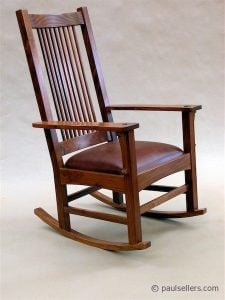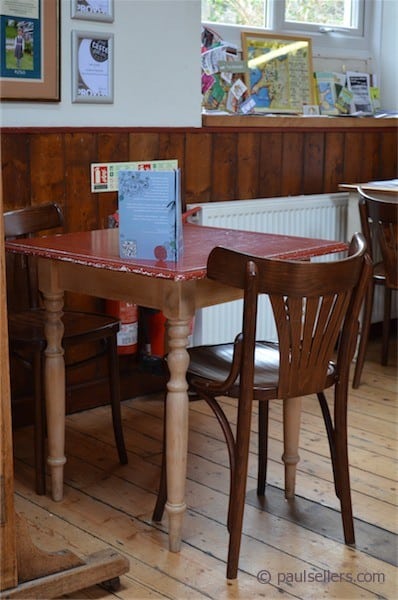Designs that Defy Time – Articles of Note

A classic design chair, good or bad, can stand the test of time with and without joinery

I also thought another article worthy of note beside Jonathan Binzen’s above was Chuck Bender’s article on Wharton Esherick. Of course we can’t all travel to every venue supporting our inheritance of woodworking designers and so the articles are of real value to us. I thought that Chuck conveyed me right into the heart of this designer’s front room studio in the way he wrote the article. It was for me a lovely article and one I would like to keep and read over from time to time. Chuck is a working craftsman teacher and we shared a little time on the Woodworking Show’s circuit this past three months of winter. We chatted as he a carved a ball and claw foot one day and I will add some pictures when I find them. This article was in Popular Woodworking.

